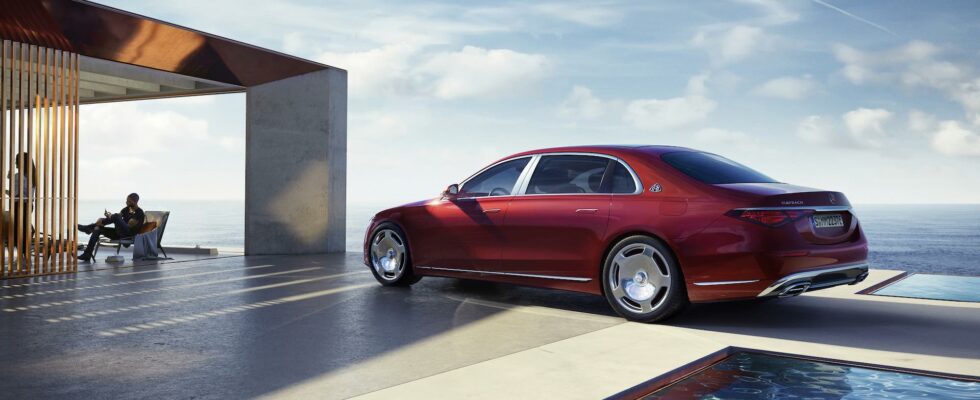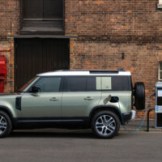A study conducted by the NGO Transport & Environment denounces the CO2 emissions of plug-in hybrid cars, which are much higher than announced by the manufacturers. For the organization, this motorization must absolutely not be promoted or subsidized by the public authorities.
While sales of electric cars have risen sharply over the years, especially in France, they are still struggling to convince some motorists. They are indeed many to be held back by the price, but especially the autonomy. So much so that most would like to have a car that exceeds 400 kilometers. An erroneous reasoning as we explained a little earlier. This is one of the reasons why some drivers prefer to opt for plug-in hybrid models, which are considered more versatile.
A life-size test
This engine, of which however, market share fell slightly in France between 2021 and 2022 according to CCFA figures, then combines a classic thermal block with an electric motor. Thus, it is possible to drive only with the latter, provided that the battery is charged. And that’s the rub. Because as the NGO explains Transportation & Environmentmost plug-in hybrids, especially those in company fleets, are never recharged.
We had also come back in great detail on this problem in a previous file on the subject.
However, this poses a real problem. To prove this, the organization tested three plug-in hybrid cars (PHEV) from the same segment, namely a Peugeot 308, a BMW 3 Series and a Renault Mégane. And the results are catastrophic. Indeed, with an empty battery, the first two rejected approximately 200 grams of CO2 per kilometer, against “only” 138g/km for the last one. It has a more powerful electric motor and above all displays a lighter weight.
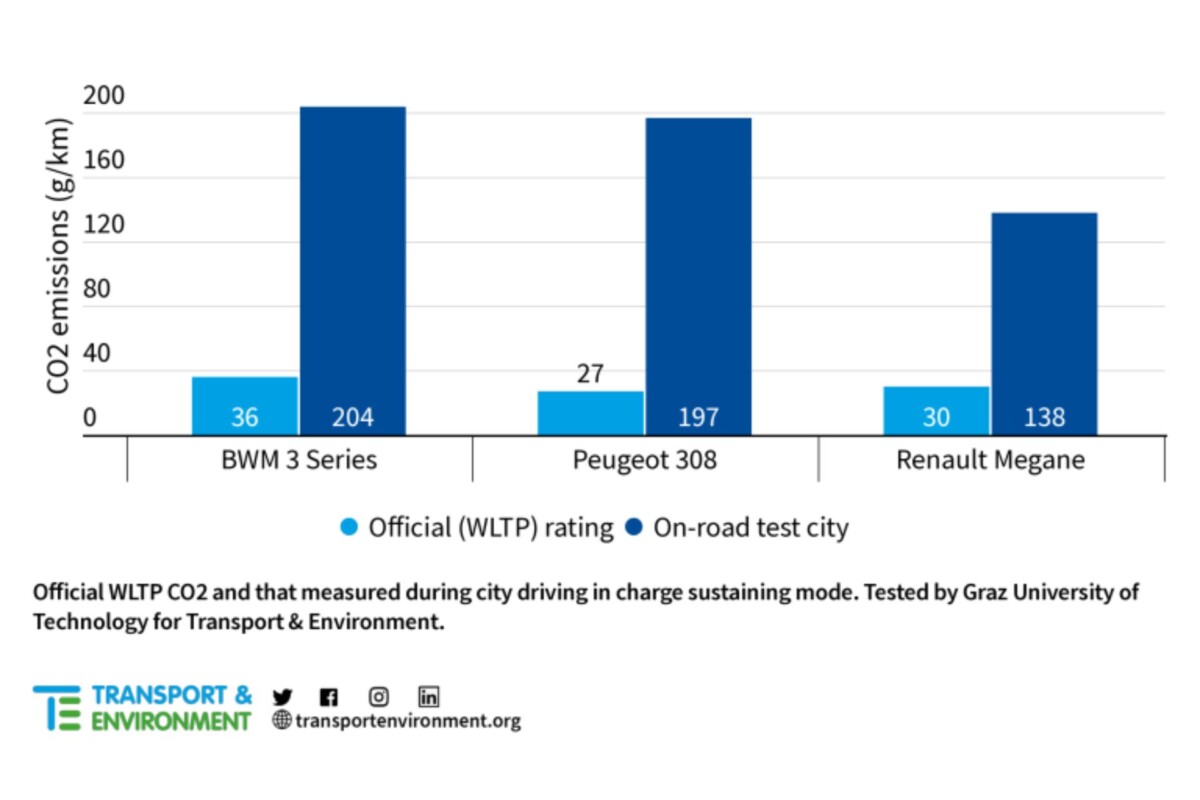
The problem of unrealistic autonomy
By way of comparison, the three models advertise emissions of 27, 36 and 30 grams of CO2 per kilometer respectively. Suffice to say that the difference is enormous. You might think plugging your car in will fix the problem. However, according to the tests of Transport & Environment, the first two cars never reach the autonomy in all-electric announced according to the WLTP cycle. The 308 tops out at 56% of the official autonomy, when the BMW goes up to 74%. Here again, only the Mégane keeps its promises, with an autonomy announced at 48 kilometers which climbs to 49 km in practice.
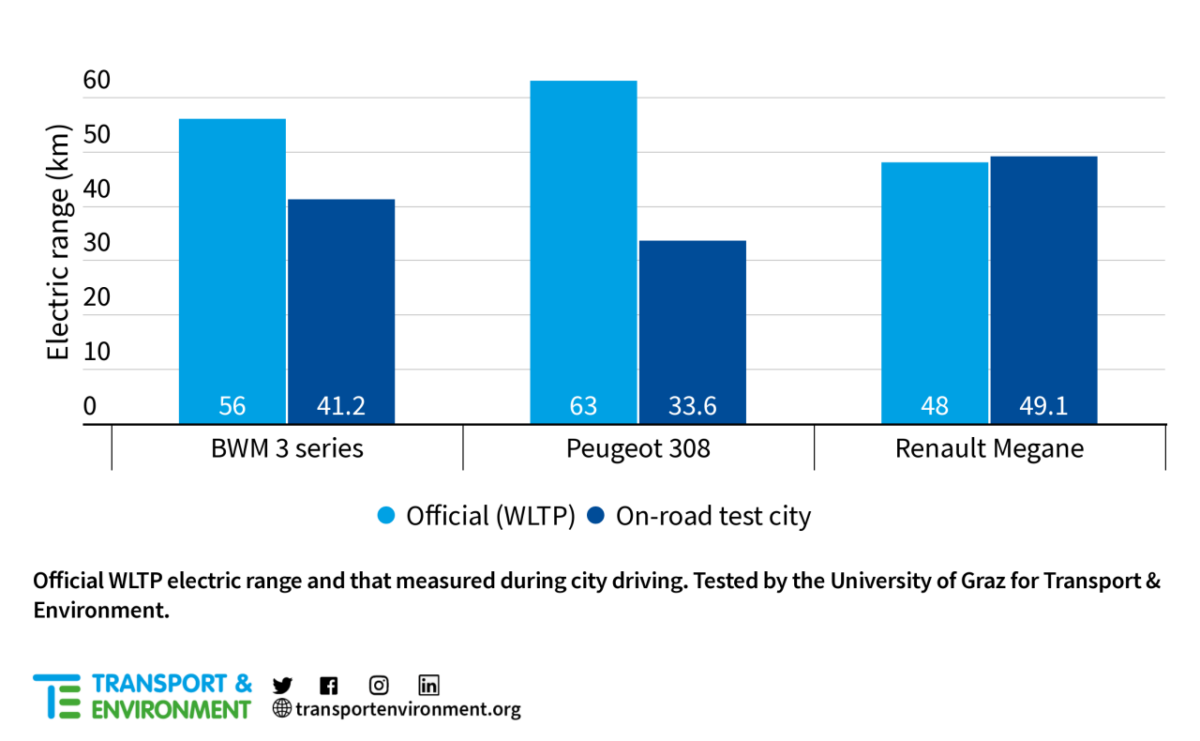
Only one in three cars managed to reach the official figure. To arrive at these results, several experiments were carried out on different urban and peri-urban routes in Graz, in Austria. Thus, if we already know that hybrid cars are not designed for the highway, while their electric autonomy melts very quickly and their consumption increases, they are not ideal for the city either.
An advantage for brands
Indeed, the NGO was also able to test the technology geo-fencing of the BMW 3 Series. This allows the car to know when it is driving in town, in order to use only the electric motor. A system particularly suited to our French ZFEs, especially during pollution peaks. However, the experiment turned out to be disastrous: the thermal block has taken over several times.
In addition, outside these areas, the internal combustion engine recharges the battery by rotating faster, increasing fuel consumption and CO2 emissions by 50% compared to the WLTP cycle according to the detailed report. Overall, these tests showed that the 3 Series polluted three times more than announced, while the 308 and Mégane emitted 20 and 70% more, over a relatively short route of 55 kilometers.
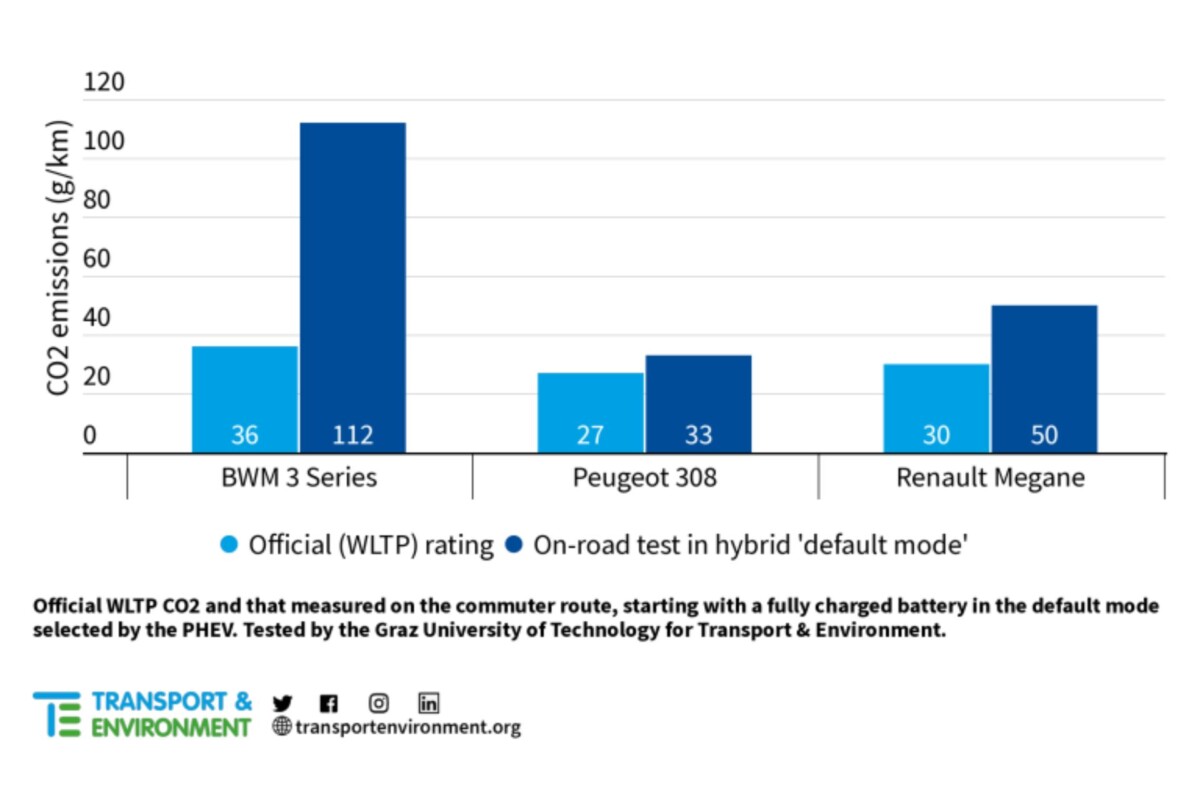
But then, why do brands continue to sell this type of engine deemed so harmful to the environment? According to the NGO, marketing cars displaying, even virtually, low emissions allows manufacturers to have less pressure to sell electric models, which saves them time. Indeed, the CAFE regulations implemented in 2021 simply impose a CO2 emissions threshold not to be exceeded for each brand. She is free to do as she wants to stay below, even if it means selling more polluting cars than advertised, such as plug-in hybrids.
What solutions?
Transport & Environment therefore calls on the public authorities to act, pending the modification of the WLTP cycle in 2027 which will better reflect the real uses of PHEV vehicles. Thus, the organization issues some recommendations, such as the end of financial aid, or at least a limitation according to certain parameters such as emissions or electric range.
It already worked like that in France before the ecological bonus was removed for plug-in hybrids. For the NGO, the penalty should also be based on real CO2 emissions and not on those announced.
It is also recommended by the NGO that these be updated regularly with data from real conditions of use and that the manufacturers remove the possibility of recharging the battery with the internal combustion engine. Finally, the latter should better educate their customers and encourage them to drive in electric mode by rewarding them.
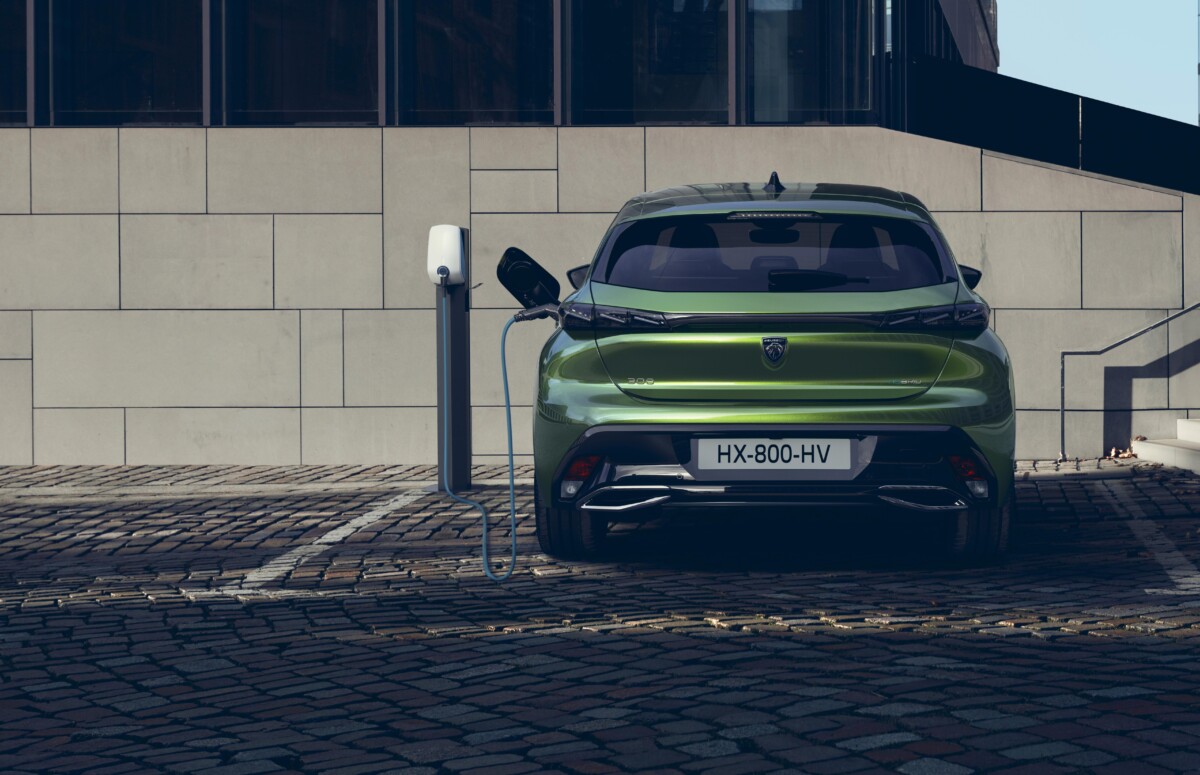
Some manufacturers such as Peugeot, Citroën and DS have in particular set up a visual reminder on the dashboard to encourage the driver to recharge his car. For its part, BMW has launched a distance-based reward system traveled by owners of 100% electric mode. Be that as it may, and if PHEVs are in danger, motorists are firmly opposed to the disappearance of this motorization.
To follow us, we invite you to download our Android and iOS app. You can read our articles, files, and watch our latest YouTube videos.
